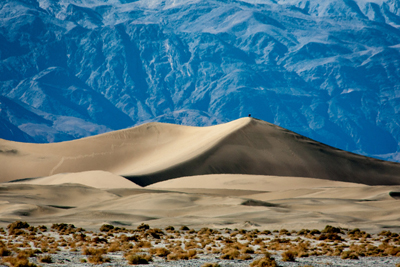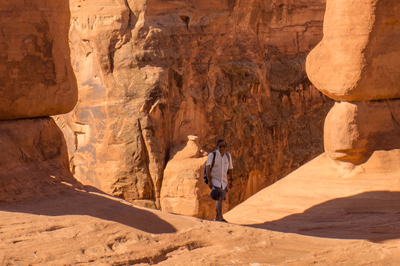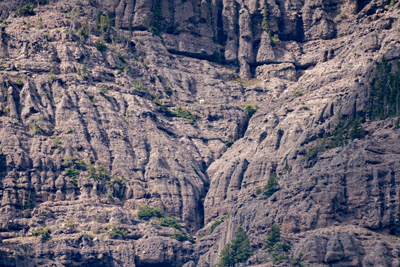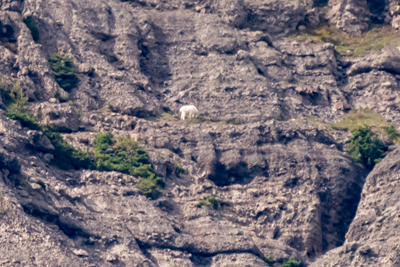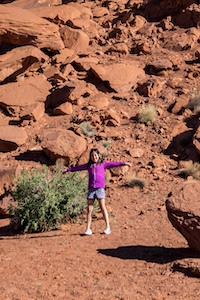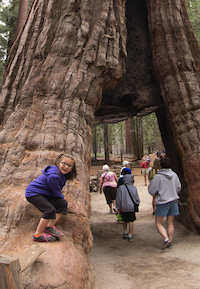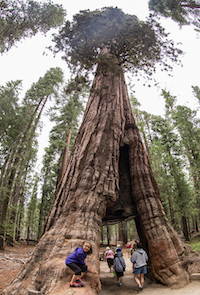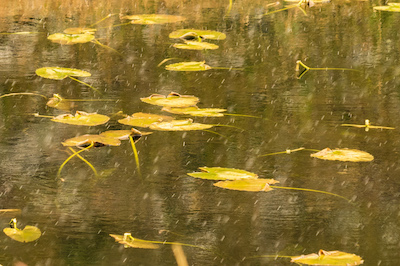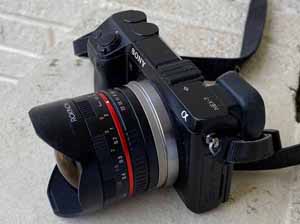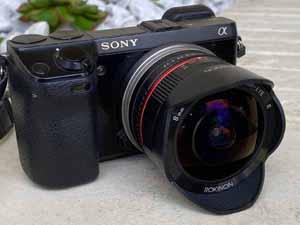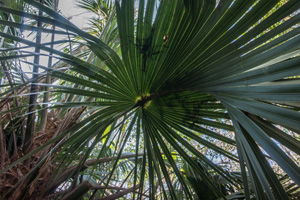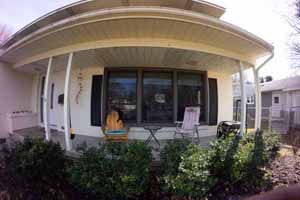Online Magazine
Recent Posts
- Safeguard your Cellphone Photos
- Black & White to Color – Instantly
- Wearing Many Hats
- Video Roundup
- Rescuing Your Blurry Pictures
- Showing Their Age
- What is Your Angle?
- Panorama Photos
- Humorous Photos
- Close Ups
- Fisheye Pictures
- Photo Antiquities
- Printing Big
- Appreciating Scale
- Celebrity Sightings
Tags
More Places to Go
- Free "How-To" Books “How To” books for popular cameras 0
- Vist Us on Facebook keep in touch with us on Facebook 2
Archives
- July 2023 (1)
- March 2023 (2)
- February 2023 (1)
- December 2022 (1)
- October 2022 (1)
- September 2022 (8)
- August 2022 (9)
- July 2022 (1)
- June 2022 (1)
- June 2021 (1)
- May 2021 (1)
- March 2021 (5)
- February 2021 (4)
- January 2021 (2)
- April 2019 (1)
- March 2019 (1)
- February 2019 (1)
- October 2018 (2)
- April 2018 (1)
- March 2018 (4)
- February 2018 (1)
- November 2017 (1)
- August 2017 (1)
- June 2017 (1)
- April 2017 (1)
- March 2017 (5)
- February 2017 (2)
- January 2017 (1)
- October 2016 (1)
- September 2016 (1)
- August 2016 (1)
- July 2016 (1)
- May 2016 (1)
- April 2016 (1)
- March 2016 (2)
- February 2016 (1)
- January 2016 (2)
- December 2015 (1)
- November 2015 (1)
- October 2015 (3)
- April 2015 (1)
- March 2015 (5)
- February 2015 (1)
- January 2015 (4)
- December 2014 (2)
- November 2014 (5)
- October 2014 (2)
- September 2014 (1)
- August 2014 (2)
- July 2014 (1)
- May 2014 (1)
- April 2014 (5)
- March 2014 (5)
- December 2013 (2)
- November 2013 (18)
- October 2013 (1)
- September 2013 (1)
- August 2013 (1)
- July 2013 (1)
- June 2013 (3)
- May 2013 (1)
- April 2013 (2)
- March 2013 (1)
- February 2013 (1)
- January 2013 (1)
- December 2012 (1)
- November 2012 (2)
- October 2012 (2)
- September 2012 (5)
- August 2012 (2)
- July 2012 (1)
- June 2012 (1)
- May 2012 (1)
- April 2012 (4)
- March 2012 (1)
- February 2012 (1)
- January 2012 (3)
- December 2011 (1)
- November 2011 (3)
- October 2011 (1)
- September 2011 (2)
- August 2011 (2)
- June 2011 (3)
- May 2011 (4)
- April 2011 (8)
- March 2011 (8)
- February 2011 (10)
- January 2011 (6)
- December 2010 (11)
- November 2010 (14)
- October 2010 (6)
- September 2010 (12)
- August 2010 (2)
- July 2010 (4)
- June 2010 (3)
- May 2010 (1)
- April 2010 (1)
- March 2010 (2)
- February 2010 (1)
- January 2010 (1)
- December 2009 (1)
- November 2009 (2)
- October 2009 (2)
- September 2009 (1)
- August 2009 (3)
- July 2009 (2)
- June 2009 (1)
- May 2009 (2)
- April 2009 (1)
- March 2009 (2)
- February 2009 (1)
- January 2009 (3)
Appreciating Scale
10th September 2022
We’re Mere Specks on Earth
I grew up in the New York metropolitan area and didn’t get to travel to the more remote areas of our country until later in life. To me, the skyscrapers of New York City were about the tallest or largest scenery to which I was accustomed. That changed after college when I visited my first national park – Yosemite. Since then, I’ve made been lucky enough to visit many more.
One thing that I encountered early on and continues to amaze me to this day is the extensive amount of our country’s tracts of land. Look as far as your eye can see and there’s plenty more beyond. From a distance, gaze at a geologic feature or land mass and you may not comprehend its size until you draw closer. In short, it’s the scale of these features that are astonishing.
As individuals, our size is insignificant compared to the earth’s magnificent landforms.
Below are a few photographs that try to illustrate scale.
The scale of many of nature’s wonders is so humbling to me and affords me the chance to record them on film (so to speak).
Written by:
Arnie Lee
About this Photo – Isa Lake
19th August 2022
Picturesque Continental Divide
In Yellowstone when you’re driving the Grand Loop from West Thumb to Old Faithful, the road climbs a few hundred feet as it crosses the Continental Divide at Craig Pass.
There sits Isa Lake atop the summit that has a distinction of draining into two different oceans. While Isa is very small, it is a very picturesque site among the tall forested coniferous trees.
This article is the another in a series of articles that I’ve called About this photo to draw attention to a few of those memorable photos that may be hiding in a shoebox or on your hard drive.
|
This is one of my favorite photos from the outdoors. What stands out are the large great yellow pond-lilies floating on the lake surface. 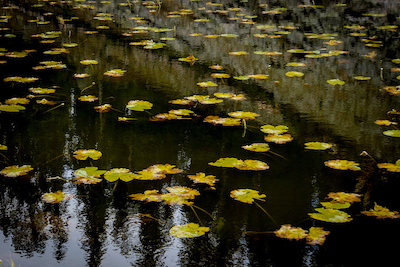 |
|
By stepping back a bit you can see the larger part of the lake and the tall surrounding pine trees. 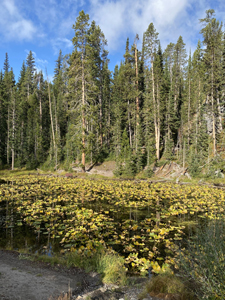 |
|
|
I hope this is a reminder to get those favorite photos of yours off of your cellphone or computer for others to see.
Written by: Arnie Lee
Fisheye On The Cheap
14th March 2021
A few years ago I upgraded from a Sony NEX7 to the newer Alpha 6000.
The A6000 became my everyday walk around camera. But I didn’t want to let the NEX7 collect dust, nor did I want to spend a lot more investing in more glass.
The one drawback is that this lens is manual aperture control and manual focus but I decided that I could live with these limitations.
The compact size of this camera/lens combination makes it a great way to have a tag along camera and use it for the wide views without having to change lenses.
For many excursions, I carrythree cameras: this fisheye combo, a second with a long lens telephoto (80-400mm) for wildlife and a third with a medium zoom (24mm to 200mm) – all without breaking my back with the weight. In the case of the 8mm fisheye lens, I have a winner at a very decent price.
Having done a little looking around, I know that there are other inexpensive fisheye lenses available for all of the major brand cameras. If you too like the interesting effects that the come from the ultra curved lens surface you’ll be able to find a fisheye to add to your camera bag.
Newer Posts »